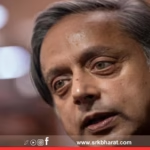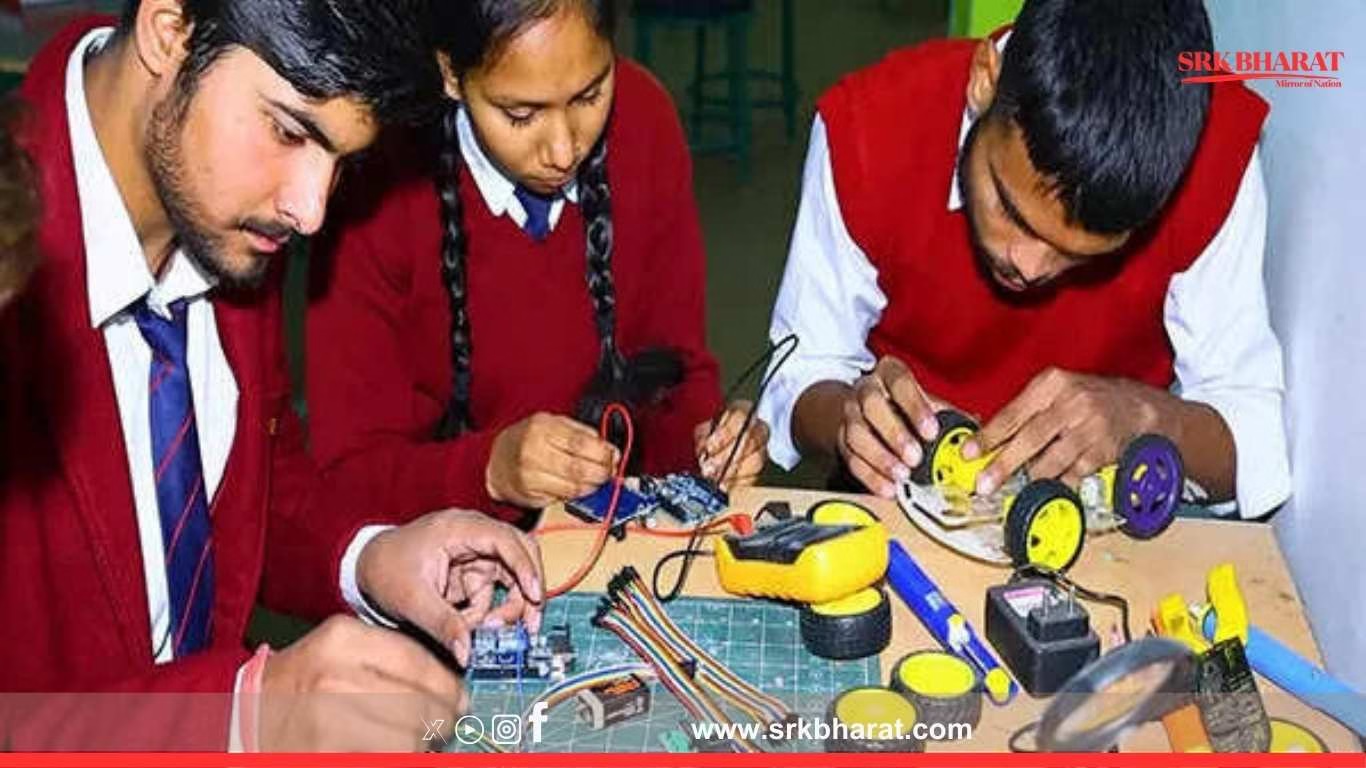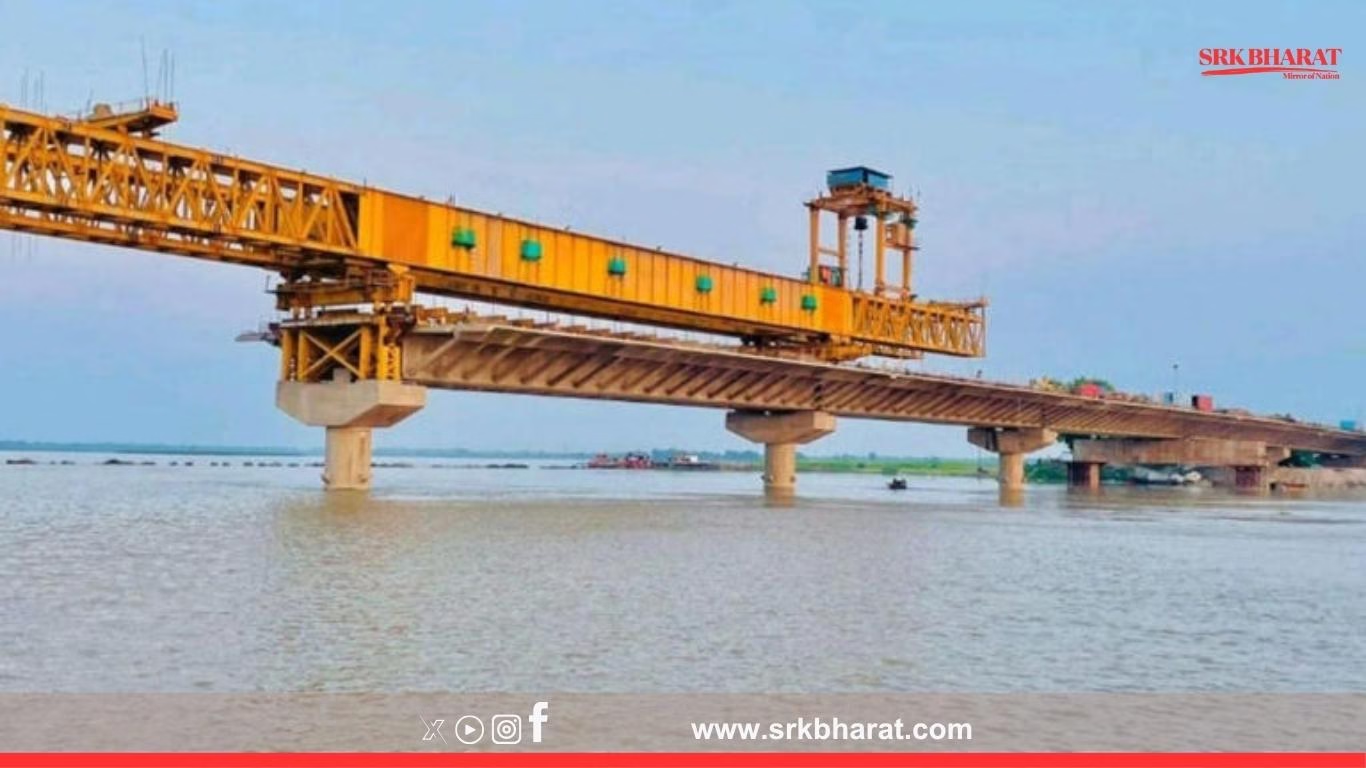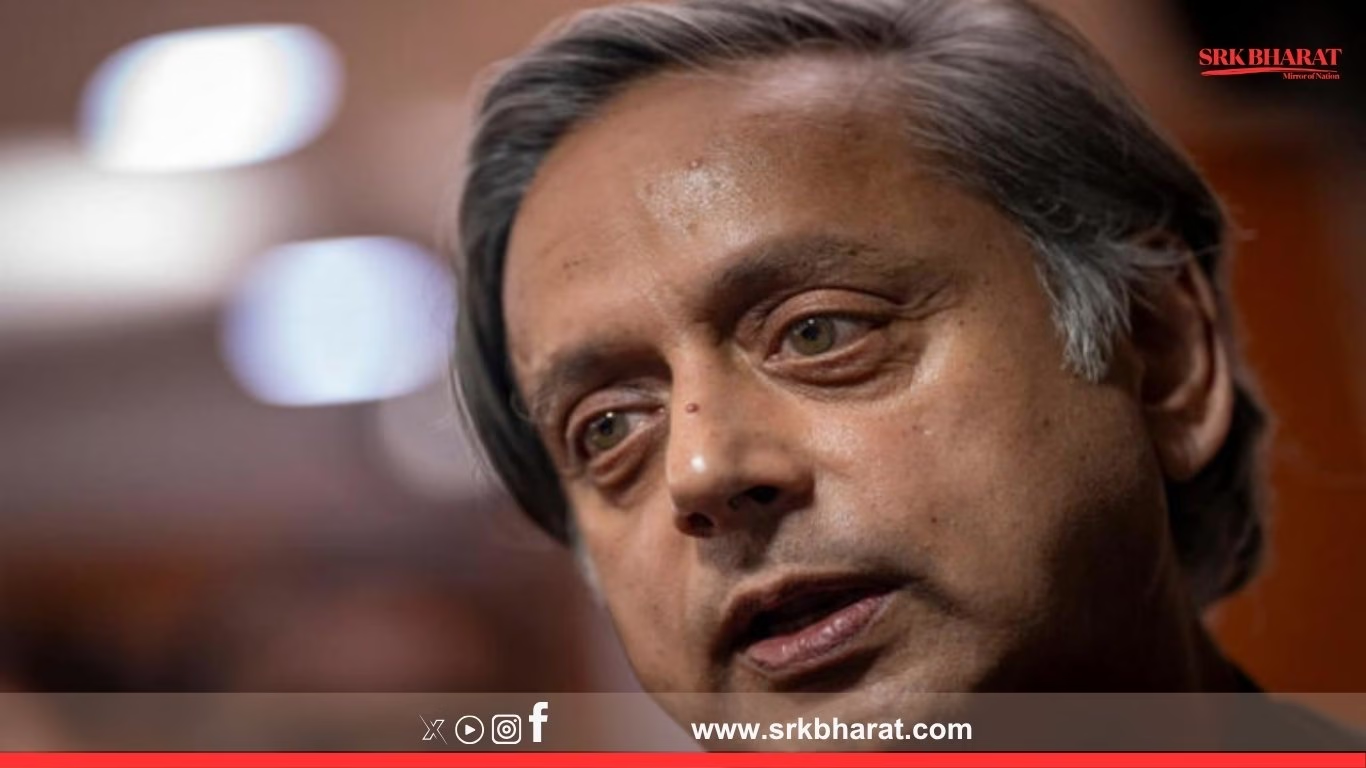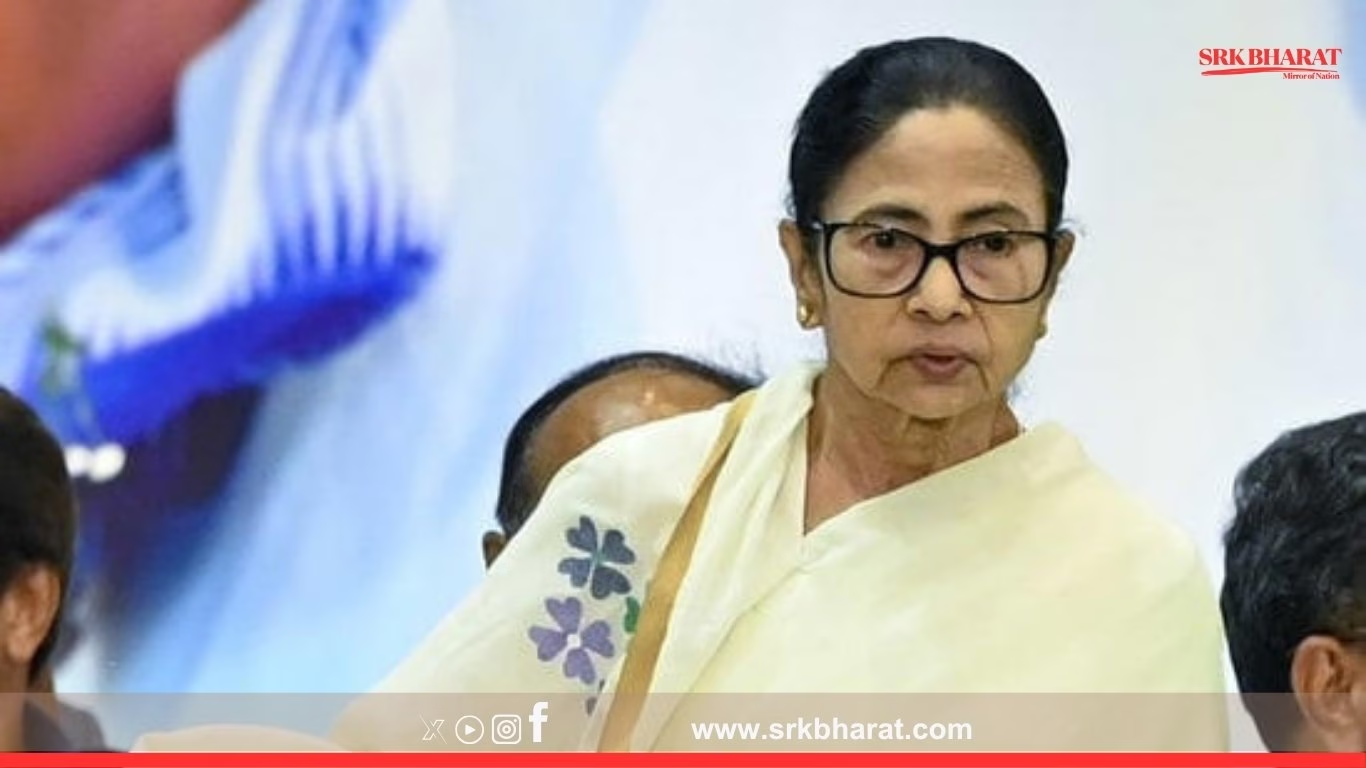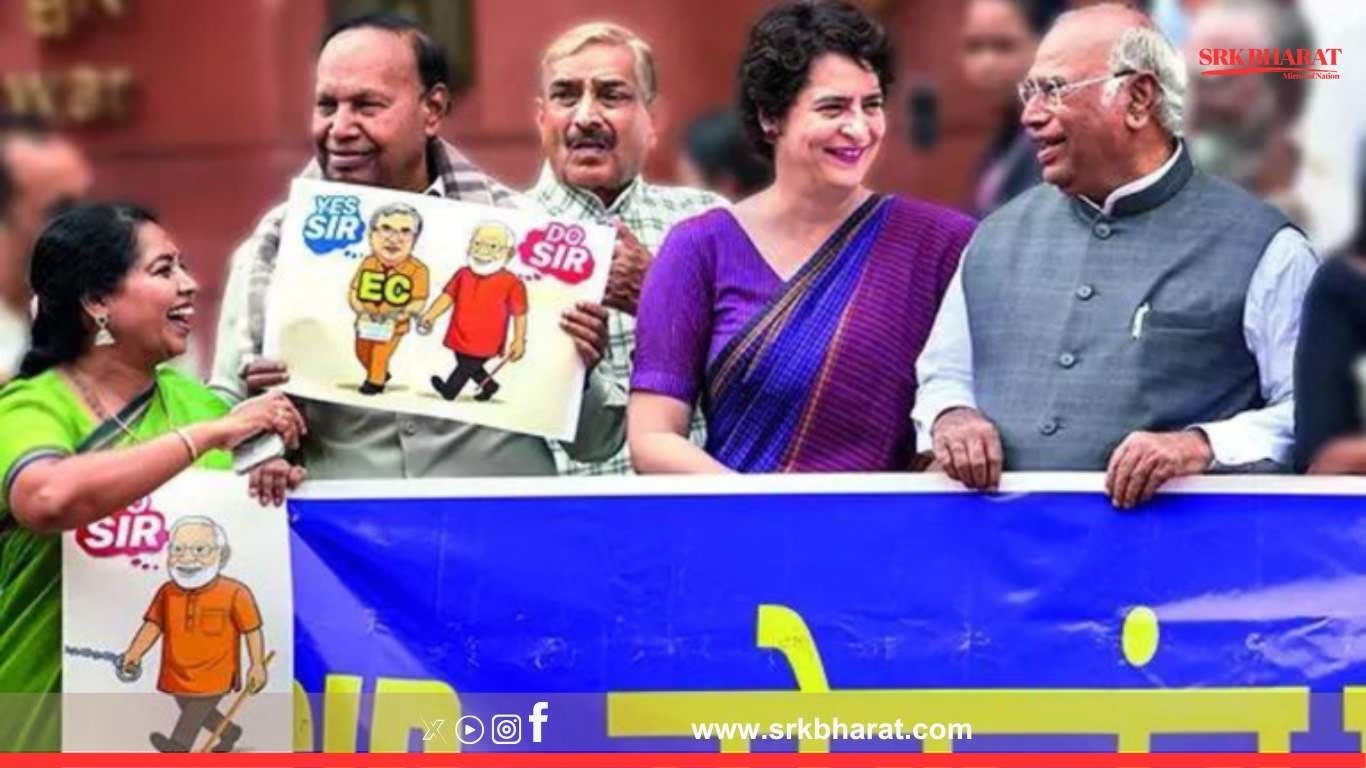India’s vision to become a global economic powerhouse by harnessing its demographic dividend rests significantly on equipping its youth with employable skills. However, recent data highlights a deep skill education divide across Indian states, with some showing exemplary integration of vocational education in schools while others lag due to policy inertia, infrastructural gaps, and implementation hurdles.
Why Is School-Based Vocational Education Critical?
The National Education Policy (NEP) 2020 has mandated the integration of vocational education from Class 6 onwards, aiming for 50% of all learners exposed to vocational training by 2025. School-based skill education ensures:
- Early exposure to employable skills.
- Reduced school dropouts by making education practical and engaging.
- Preparedness for formal skilling, higher education, or direct employment post-schooling.
States Leading In School-Based Vocational Education
According to the Ministry of Education and National Skill Development Corporation’s latest assessments, Haryana, Maharashtra, Gujarat, Tamil Nadu, and Himachal Pradesh emerge as leaders in implementing vocational education at the school level.
Key Highlights Of Top Performing States
| State | No. of Schools Offering Vocational Education | Popular Trades Offered | Special Initiatives |
|---|---|---|---|
| Haryana | Over 3,000 | IT-ITeS, Retail, Agriculture, Beauty & Wellness | First to integrate with Class 9 curriculum under NSQF |
| Maharashtra | 2,800+ | Electronics, Multi-skill Foundation, Automotive | Strong ITI-school integration with local industry MoUs |
| Gujarat | 2,500+ | Apparel, Health Care, Tourism & Hospitality | Kaushalya Saptah for skill promotion in schools |
| Tamil Nadu | 2,400 | Electronics, Plumbing, Nursing | Dual certification with state skill missions |
| Himachal Pradesh | 1,200+ | Agriculture, Horticulture, IT | Focus on skill training in remote hill schools |
Haryana: The Early Mover
Haryana has set a benchmark by integrating vocational courses under National Skills Qualification Framework (NSQF) since 2013-14. Today, it offers vocational education in 75% of its government secondary schools, covering trades aligned with local industry needs. The state’s flagship ‘Saksham Haryana’ initiative ensures job-linked skill courses, while regular skill melas improve student awareness and placement pathways.
Maharashtra: Industry-Aligned Vocationalisation
Maharashtra’s model focuses on industry partnerships to design curricula, ensuring employability post-training. The state’s innovative ‘Earn and Learn’ apprenticeship model allows students to gain workplace exposure along with Class 11-12 education, especially in automotive, electronics, and construction sectors.
Gujarat: Holistic Skill Development Approach
Under the Gujarat Skill Development Mission, vocational education is integrated with:
- Skill development weeks in schools.
- Dedicated ‘Skill Labs’ equipped with industry-standard machinery.
- A focus on girl students in trades like apparel and beauty wellness for socio-economic empowerment.
States Lagging Behind
Despite national targets, states such as Bihar, Uttar Pradesh, West Bengal, and Jharkhand have low coverage, with less than 10% of government secondary schools offering structured vocational education. Key reasons include:
- Lack of trained vocational trainers.
- Poor industry linkages in rural regions.
- Administrative delays in scheme implementation.
Expert Opinions On India’s Skill Education Divide
Dr. Poonam Batra, education policy analyst, notes:
“School-based vocational education bridges academic learning with life skills and employability. States performing poorly must prioritise recruitment of skilled trainers and leverage local industry partnerships to make vocational courses relevant.”
Rajeev Sharma, National Skill Development Corporation trainer, adds:
“The skill divide is not merely infrastructural but also aspirational. Parents in low-performing states still prefer academic streams, fearing vocational training is for academically weak students.”
Popular Vocational Trades Across India
| Trade | States With High Adoption |
|---|---|
| IT-ITeS | Haryana, Karnataka, Maharashtra |
| Retail | Gujarat, Punjab, Rajasthan |
| Agriculture & Allied | Himachal Pradesh, Punjab, Uttar Pradesh |
| Beauty & Wellness | Tamil Nadu, Kerala, West Bengal |
| Electronics & Hardware | Maharashtra, Tamil Nadu, Telangana |
| Automotive | Maharashtra, Haryana |
Central Schemes Supporting Vocationalisation
- Samagra Shiksha Vocational Education Component – Supports infrastructure, teacher training, and curriculum integration.
- Pradhan Mantri Kaushal Vikas Yojana (PMKVY) 4.0 – Provides certification-linked training modules for school students.
- Skill India Mission – Aligns National Occupational Standards (NOS) with school curriculum for seamless higher skill pathways.
Challenges In Expanding School-Based Skill Education
- Shortage of vocational trainers: Lack of trained teachers remains a key bottleneck.
- Low student enrolment: Many students and parents continue to perceive skill courses as inferior to academic streams.
- Infrastructure gaps: Inadequate labs and practical training facilities in remote schools hinder effective implementation.
- Limited career counselling: Lack of career guidance leads to poor trade selection, affecting student motivation and outcomes.
Way Forward: Bridging The Skill Divide
To address disparities in skill education access, experts recommend:
- Strengthening teacher training institutes to produce certified vocational trainers.
- Expanding industry partnerships for curriculum design, internships, and apprenticeships.
- Incentivising schools and students to integrate skill learning with mainstream academics.
- Creating state-specific skill plans aligned with regional economic activities to maximise employment opportunities.
- Running awareness campaigns to destigmatise vocational education and promote it as a mainstream choice.
Government’s Vision Under NEP 2020
The NEP 2020 envisions:
- Integrating vocational courses with academic subjects to remove hierarchical barriers.
- Exposing at least 50% of learners to vocational education by 2025.
- Establishing vocational education as a core component of holistic student development rather than an optional stream.
Conclusion
India’s journey to becoming a skilled nation requires urgent bridging of its school-based skill education divide. While leading states like Haryana, Maharashtra, and Gujarat demonstrate scalable models of vocational integration, low-performing states must adopt targeted policy interventions to ensure equitable skill opportunities for all children. Bridging this divide is not merely about employment generation but about fulfilling the constitutional promise of empowering every child with knowledge, skills, and dignity of labour.
Disclaimer: This news content is based on public data, government announcements, and expert opinions. It is intended solely for informational purposes and does not constitute official policy advice, employment guidance, or confirmation of educational schemes. Readers are advised to consult state education department notifications for final schemes, eligibility criteria, and implementation timelines.





